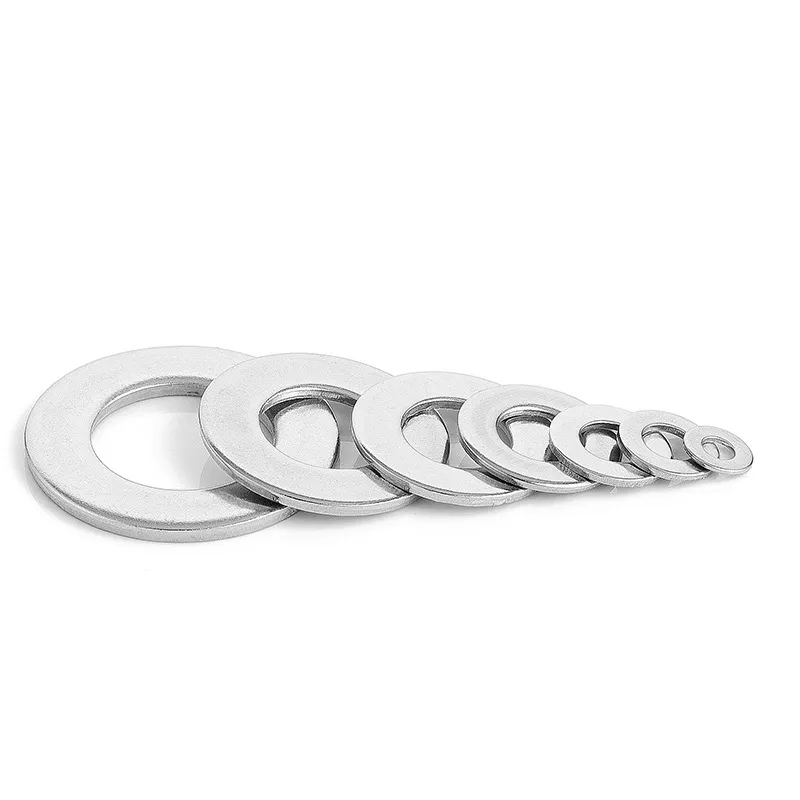

Guide to Selecting the Best Mounting Brackets for PV Solar Installation
Oct . 18, 2024 21:47 Back to list
Guide to Selecting the Best Mounting Brackets for PV Solar Installation
Understanding PV Mounting Brackets A Key Component in Solar Energy Systems
As the world increasingly turns to renewable energy, solar power stands out as one of the most viable alternatives. At the heart of any solar energy system are photovoltaic (PV) panels, which convert sunlight into electricity. However, the efficiency and longevity of these solar systems are greatly influenced by the installation methods employed, particularly the mounting brackets used to secure the PV panels in place.
What are PV Mounting Brackets?
PV mounting brackets are essential hardware components that facilitate the installation of solar panels on various surfaces, including rooftops and the ground. These brackets ensure that PV panels are mounted securely and at optimal angles to maximize sun exposure throughout the day. They are designed to withstand environmental conditions such as wind, rain, and snow, contributing to the overall durability and reliability of the solar system.
Types of PV Mounting Brackets
There are several types of mounting brackets used for PV installations, each designed for specific applications and environments.
1. Roof Mounting Brackets These are designed for attachment to residential or commercial rooftops. Roof mounting systems can be further classified into - Fixed Tilt Racks These are installed at a specific angle to optimize solar production year-round. - Adjustable Tilt Racks These allow users to change the angle of the panels seasonally for enhanced efficiency.
2. Ground Mounting Brackets Ideal for installations where roof space is insufficient or not suitable, ground mounting systems come in - Pole Mounts These systems use singular poles to elevate panels, ideal for farms or open fields. - Rack Mounts These are frameworks set on the ground, where multiple panels can be mounted at optimal angles.
3. Ballasted Mounts Used mainly for flat roofs, these mounts rely on weight to secure panels without the need for penetrating the roof structure.
Factors to Consider When Choosing PV Mounting Brackets
pv mounting brackets

When selecting the appropriate mounting brackets for a solar installation, several factors should be considered
- Durability Mounting brackets must be made from high-quality materials that can withstand harsh weather conditions, including strong winds, heavy snow, and corrosion.
- Compatibility The brackets must match the specific type and size of the PV panels to ensure secure installation.
- Ease of Installation Some mounting systems are designed for quick and easy installation, reducing labor costs and installation time.
- Local Building Codes It's crucial to make sure that the selected mounting solution complies with local regulations and standards.
The Role of PV Mounting Brackets in System Efficiency
The angle and orientation attained by properly designed and installed mounting brackets significantly affect the energy output of solar panels. A well-positioned solar panel can capture more sunlight, thus converting higher quantities of sunlight into electricity. Furthermore, mounting systems can also provide adequate airflow behind the panels, which helps maintain an optimal operating temperature, thereby enhancing the efficiency of the solar cells.
Conclusion
PV mounting brackets are a critical yet often overlooked component of solar energy systems. Their design and installation play a pivotal role in ensuring that PV panels operate at maximum efficiency while providing durability and stability against environmental factors. As solar energy becomes increasingly important in the global energy landscape, understanding the nuances of PV mounting brackets will empower homeowners, businesses, and solar installers to make informed decisions that contribute to the successful deployment of this renewable resource. Investing in high-quality PV mounting solutions not only optimizes energy production but also supports the long-term sustainability of solar energy systems.
Latest news
-
High-Strength Hot Dip Galvanized Bolts - Hebei Longze | Corrosion Resistance, Customization
NewsJul.30,2025
-
Hot Dip Galvanized Bolts-Hebei Longze|Corrosion Resistance&High Strength
NewsJul.30,2025
-
High-Strength Hot-Dip Galvanized Bolts-Hebei Longze|Corrosion Resistance&High Strength
NewsJul.30,2025
-
Hot Dip Galvanized Bolts-Hebei Longze|Corrosion Resistance&High Strength
NewsJul.30,2025
-
Hot Dip Galvanized Bolts - Hebei Longze | Corrosion Resistance, High Strength
NewsJul.30,2025
-
High-Strength Hot Dip Galvanized Bolts-Hebei Longze|Corrosion Resistance, Grade 8.8
NewsJul.30,2025

